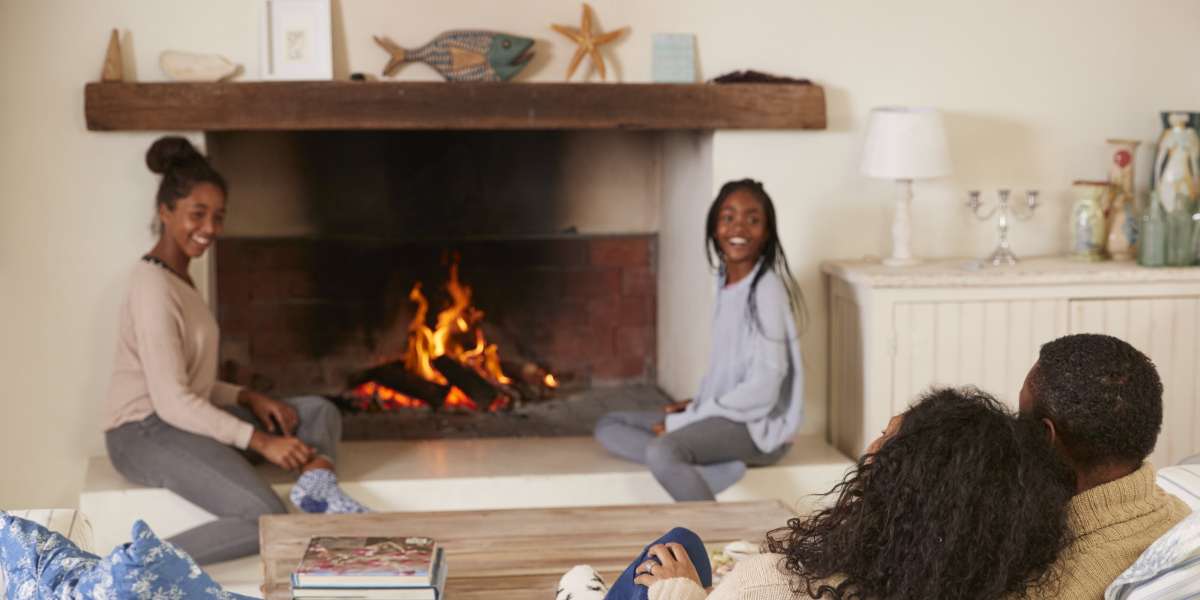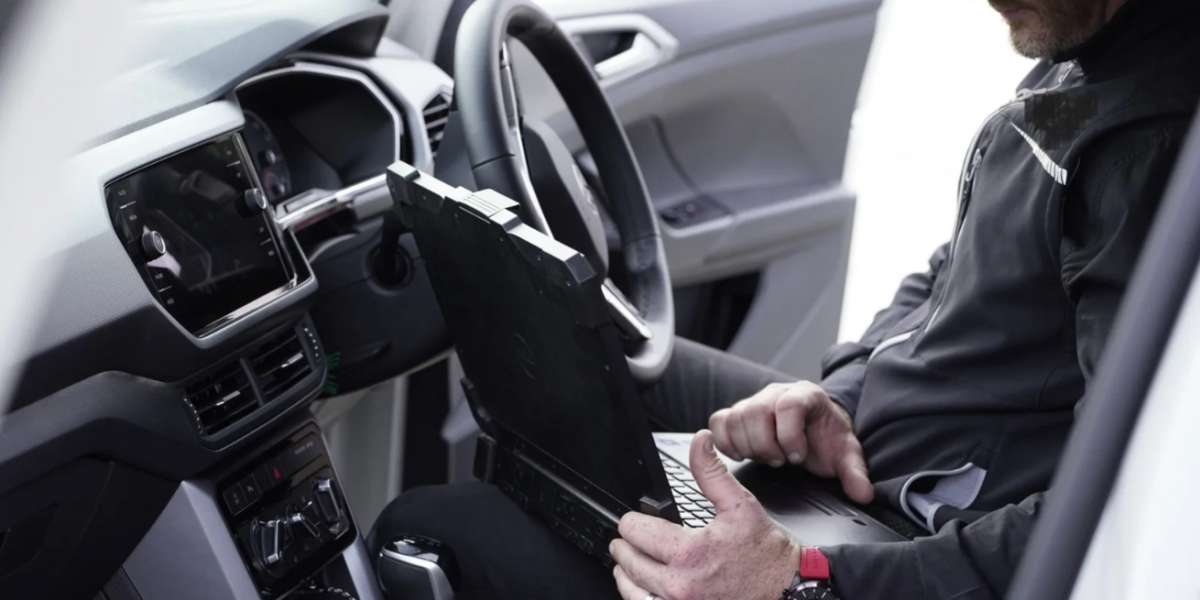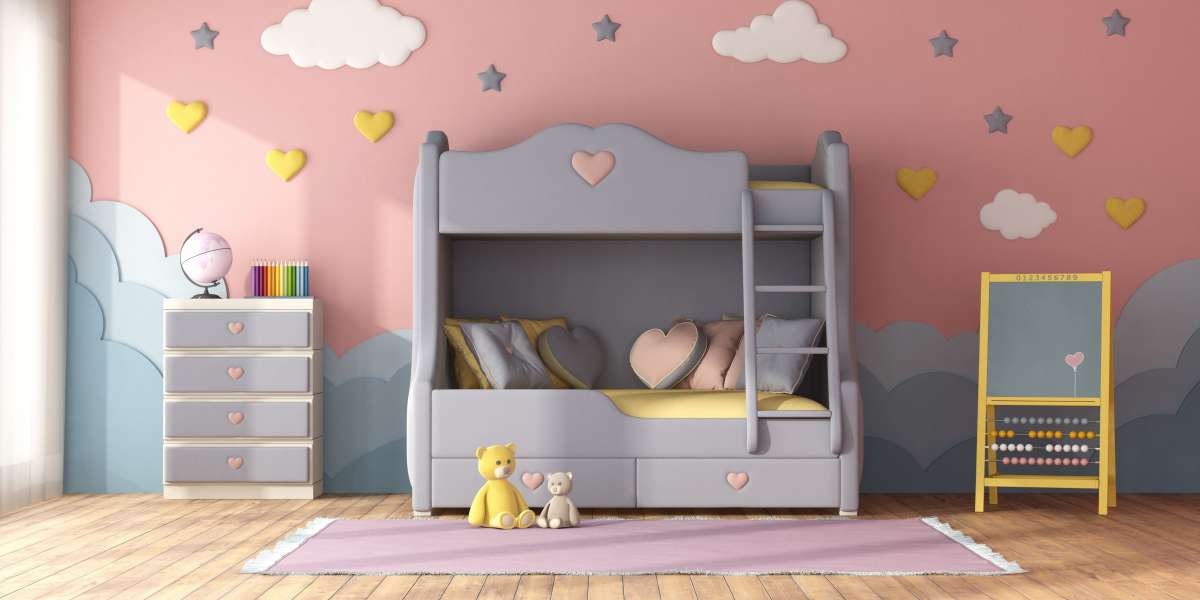 If you're using a fireplace to provide aesthetics or warmth, the right surround can give your living room personality. It can be difficult to choose the right fireplace surround that is safe and in line with the code.
If you're using a fireplace to provide aesthetics or warmth, the right surround can give your living room personality. It can be difficult to choose the right fireplace surround that is safe and in line with the code.Fortunately, these custom surrounds are constructed using non-combustible materials that adhere to the National Fire Code. They look fantastic in any style of home.
Simple Concrete Surround with Marble Slabs
A fireplace surround can be an important focal point in the room, and can bring warmth and charm. It is made with a range of materials and be designed to fit different styles of design. It is essential to consider the style of the room as well as the budget before deciding on the style of the fireplace surround.
Marble fireplace surrounds give a sophisticated look that complements many different styles of design. They can be combined with woods that are rustic or modern metals to create a unique, contemporary design. Marble is fairly easy to maintain and is able to withstand extreme temperatures, making it an ideal choice for fireplace surrounds.
Stone is a popular material for fireplace surrounds. It provides a timeless look that is suitable for many homes. It can be carved and cut to give it a more modern style or left untreated for a more traditional feel. Stacked stone veneers are another popular option to give texture and depth to a room.
Granite is a popular choice for modern fireplace surrounds because it's strong and resistant to heat extremely well. It comes in a variety of patterns and colors so you can create different design styles. Quartzite can be also molded and shaped to fit a modern surround.
Installing a concrete surround for a fireplace could be a possibility for DIYers. It may seem like a daunting task, but it can be much simpler than you think if you work with a professional and think ahead.
A professional is also recommended when creating a marble fireplace surround, as it requires special attention to avoid damage. A skilled carpenter can help avoid mistakes that could cost you thousands of dollars in repairs.
If you're planning to use tile for your fireplace surround, make sure it's approved for high-temperature use. This information is usually found on the packaging or ask a staff member at a home improvement shop.
Leaning Frame Surround
The fireplace surround is a crucial design element that can completely transform the entire room. It's not just meant to be aesthetically pleasing but also serves a practical purpose that is to safeguard the wall behind the fireplace from fire damage and deflect heat away from the room. It is available in a variety of materials and is customizable to fit any style or design.
Choosing the right material for the frame's leaning surround is essential to achieve an aesthetic that is purposeful. Concrete is a great choice because it's highly durable and non-flammable. It also offers a lot of visual appeal due to its natural texture and color. It is usually poured in a mold to give you the option of creating an original shape.
Layers are essential when designing your leaning frames. This will make the frame appear more planned and curated rather than just randomly placed on the wall or on the shelf. Leaning frames can be risky, so if you're planning to display heavy objects such as lamps or vases, place a small piece of rubber drawer liner underneath the base to keep them from slipping or damaging surfaces.
Consider adding a wooden board to the bottom of a concrete or a marble surround. This will help keep it in its place. It will also help reduce the weight and keep the object from shifting while you sip a glass of coffee or wine in the fireplace.
Once you've decided on the material you'll use for the frame's leaning surround then it's time to begin making the actual piece. Mark the wall using the dimensions of your frame. Then, using a saw, cut cleats along each line. Make sure that the top cleat of the shelf is at a minimum a foot shorter.
Then, attach the brackets to the wall. Make sure the bolts are inserted through the backerboard and into the stud. Pre-drilling the screw holes is recommended if required. Then, temporarily clamp the mantel on the backer board. Attach the mantel to the studs using lag bolts (2-4 bolts per stud). Make sure the bolts are long and sturdy enough to cover the thickness of the backerboard and 2/3 of the depth of the mantel.
Black Firebox Surround
Fireplace surrounds play a useful and decorative role. They protect walls against damage from heat and also reflect some of the heat into the room and can make a fire more of a focal piece in a space. The most common materials for fireplace surrounds include metal and wood. Metal surrounds are sometimes required by building codes to guard the surrounding areas from combustibles or simply to enhance the look of a fireplace to make it look more attractive.
This fireplace is a modern living room with an all-black surround and white marble accents. The stone is more expensive and requires more maintenance than wood, but it provides a striking design feature to the space. The black finish also brings in the dark shades of the furniture as well as the wood flooring to create a seamless appearance.
While you might associate concrete with sidewalks and driveways, it's an extremely versatile and attractive material for fireplace surrounds. It can be poured on top and then shaped into any shape, offering you almost limitless design possibilities. This concrete surround was cut to a curved profile. It gives a sleek and modern look that contrasts with the darker shades of the brick wall and wood floor.
Another popular material for fireplace surrounds is wood, which is available in a wide range of textures and colors that fit into any decor. Wooden surrounds can be crafted in any color to complement your hearth pad. They are less heavy and more affordable than masonry surrounds. Most wooden surrounds can be used to accommodate decoration for your mantel, including vases and lamps.
Some wood surrounds have a faceplate which covers the mantel's top and houses fireplace doors. This plate can be affixed with hinges that are decorative or fasteners that can mimic the look of iron wrought.
It is important to take into consideration the height of your fireplace when choosing a mantel made of wood. Building codes stipulate minimum clearance distances to prevent the spread of a fire into the home. This distance can vary depending on the type of fireplace you have and also from state state or country to country.
Simple Wood Surround
There are a variety of options for surrounds if you wish to give your fireplace a traditional style. Some surrounds are completely solid oak and others have an assortment of materials, including stone legs, paired with mantels made of oak or pine. You can also pick from oak or pine fire surrounds that are designed to be a low-cost and easy option.
Many people opt to buy a pre-made wooden fireplace surround as this is an affordable way to achieve the style they desire without the expense of the services of carpenters. The pre-made surrounds made of pine are available in a variety of finishes and colors, allowing you to match them to your existing decor.
A hand-crafted wood fire surround made from high quality oak is also popular. This can be stained in a light oak color or left untreated to allow the natural golden brown of the wood to shine through. The fireplace surround is suitable for gas or wood fires. It comes in two styles: flat or arched.
There are a lot of tutorials available online for those with more experience with DIY home improvement projects. They can assist you in making your own fireplace surround made of wood. One example is this complete step-by-step guide by H2O Bungalow that teaches you how to create an authentic wood surround out of pine.
The tutorial teaches you how to build first the horizontal part before building the vertical pilasters that support the mantel. Once the pilasters or columns are finished then you can place your mantel. The tutorial will show how to install the crown molding, which will fill in any gaps between the wall's cladding and the wall that surrounds it.
Since a wooden fireplace surround is constructed from combustible material it is crucial to adhere to the fire codes of your area and keep it 6 inches away from the edge of the chimney opening. It is also important to use a non-flammable adhesive to attach the decorative molding and make sure that it remains in place when the surround is installed.





